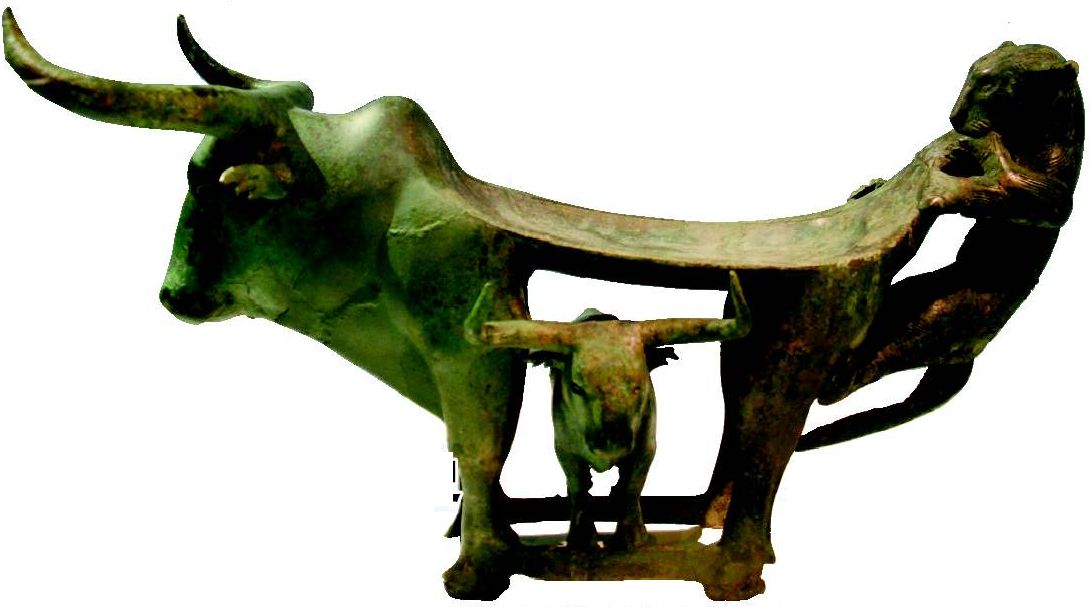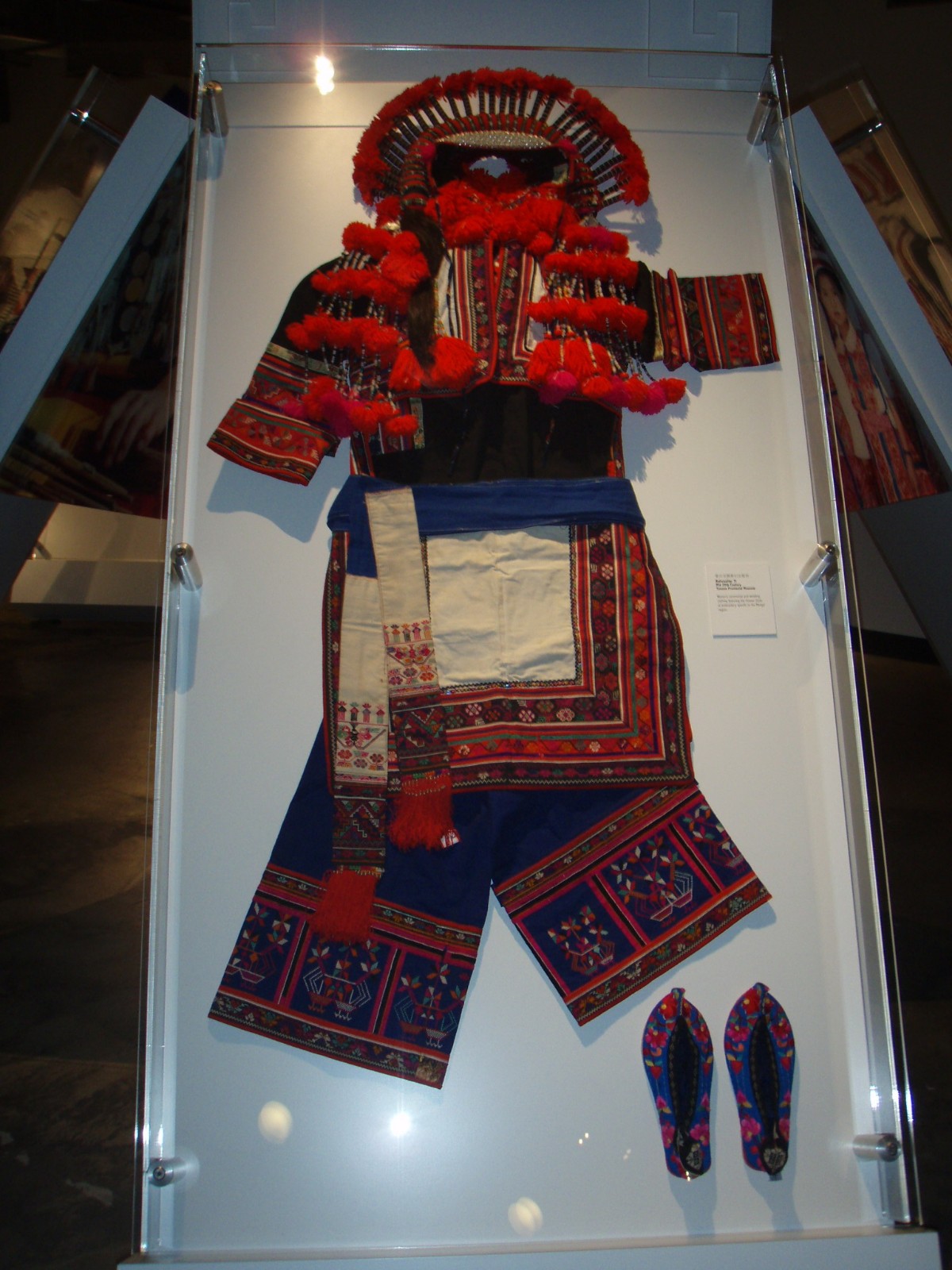
The tombs of the Dian people in the southwestern areas between the Warring States Period and the early Eastern Han Dynasty are scattered at Shizhai Mountain in the southwest of Jincheng Township of Jinning County in Yunnan Province. Jinning County was the place where the ancient Dian Kingdom was based. Judging from "the gold seal of the Dian King" with a snake-shaped knob unearthed from Tomb No. 6, the burial ground was for the Dian king and his officials and slaves.

The tomb chambers are vertical pit graves shaped like a rectangle or irregular polygon. Big tombs generally measure 3-4 meters long and 2 meters wide; small ones are about 2 meters long and 1 meter wide. The depths of the tombs range from 0.9 to 3 meters. Grave mounds cannot be seen on the earth's surface. The coffins are all rectangular and made of wood, with both the inside and outside lacquered in black, green and red. And there are decorative patterns on the coffins.
The number of burial objects varies from tomb to tomb, with the highest reaching 600 or more. Most burial objects are bronze ware, including production tools, weapons, daily-use items, musical instruments, ornaments and coins etc. In addition, there are iron objects, gold ware, jewelries, jade ornaments and pottery ware.

The tombs of the Dian people in the southwestern areas between the Warring States Period and the early Eastern Han Dynasty are scattered at Shizhai Mountain in the southwest of Jincheng Township of Jinning County in Yunnan Province. Jinning County was the place where the ancient Dian Kingdom was based. Judging from "the gold seal of the Dian King" with a snake-shaped knob unearthed from Tomb No. 6, the burial ground was for the Dian king and his officials and slaves.
The tomb chambers are vertical pit graves shaped like a rectangle or irregular polygon. Big tombs generally measure 3-4 meters long and 2 meters wide; small ones are about 2 meters long and 1 meter wide. The depths of the tombs range from 0.9 to 3 meters. Grave mounds cannot be seen on the earth's surface. The coffins are all rectangular and made of wood, with both the inside and outside lacquered in black, green and red. And there are decorative patterns on the coffins.
The number of burial objects varies from tomb to tomb, with the highest reaching 600 or more. Most burial objects are bronze ware, including production tools, weapons, daily-use items, musical instruments, ornaments and coins etc. In addition, there are iron objects, gold ware, jewelries, jade ornaments and pottery ware.
Admission Fee:¥0

You will only receive emails that you permitted upon submission and your email address will never be shared with any third parties without your express permission.
